Claire Tomkins, founder and CEO of Future Family, is no stranger to reinvention. From tending llamas on a Midwest farm to pioneering a new asset class in fertility-focused fintech, her journey reflects both deep personal conviction and sharp strategic execution.
In an inspiring conversation on the Dealmakers Podcast, Claire shares the defining moments that shaped her from solving problems in frozen barns to raising over $500M in capital. She also talks about the emotional lessons that make the entrepreneurial climb sustainable.
Claire also outlines her experiences with insurance products for fertility, how to think about market shifts, and how to adapt to them as a founder.
Listen to the full podcast episode and review the transcript here.
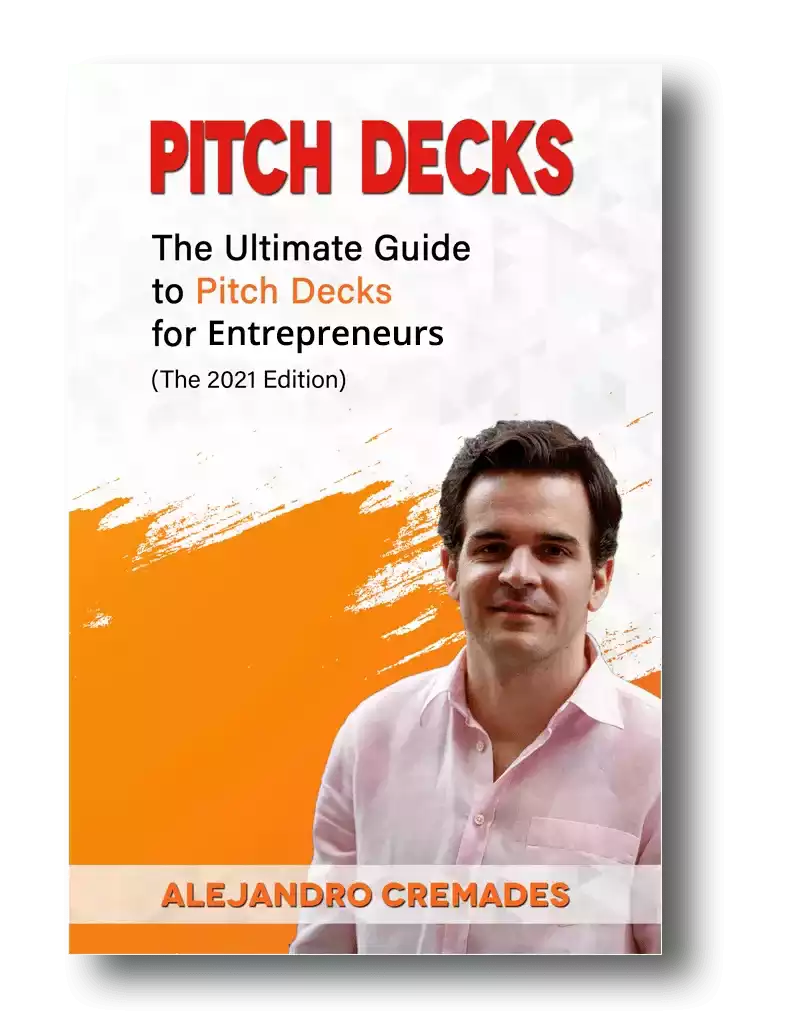
*FREE DOWNLOAD*
The Ultimate Guide To Pitch Decks
A Foundation Built on Grit
Claire’s story begins in Oxford, England, but her formative years unfolded in rural Wisconsin and Illinois. Growing up on a small farm in a small community with a menagerie of animals, she learned the value of responsibility and discipline early.
“Getting up at 5 a.m. in Midwest winters to feed Angora goats, llamas, and horses instills a kind of work ethic that doesn’t leave you,” Claire recalls. They also had a collection of different house pets, including bunnies. Growing up, she was passionate about literature, science, and other areas.
Claire’s early exposure to problem-solving on the farm laid the groundwork for what would become a life of engineering, impact, and innovation. Though her choice to study engineering surprised her literature-loving family, Claire saw it as a path to build meaningful solutions in the world.
Claire did not start exploring entrepreneurial pathways until much later in life, unlike today’s generation, which is much more familiar with the idea of being an entrepreneur. At the time, she had not considered it a career option.
Engineering, Impact, and a Dual DNA
After completing her undergraduate studies at the University of Arizona, Claire headed to Stanford for her Ph.D., where the entrepreneurial spirit of Silicon Valley began to take root. Her first instinct, however, was to pursue impact through nonprofit work.
Claire collaborated with figures like Sir Richard Branson to scale renewable energy initiatives. She had the opportunity to participate in the Virgin Unite Carbon War Room, AEE with Matt James, and later worked on projects with Tom Steyer, Anne O’Leary, and Kate Gordon in San Francisco.
This stint, Claire explains, reflects the duality of her upbringing. “My dad was a sort of hardcore capitalist who ran a big private equity-backed farm. My mom was a social activist. I’m the mix—someone who wants to build but also drive impact,” she explains.
Yet, as Claire worked to scale clean energy initiatives, she realized that nonprofits undoubtedly play a huge role in our society in terms of thought leadership and ideas. However, true impact often requires scalability, which meant entering the private sector.
SolarCity and the Power of Hypergrowth
Before founding her own company, Claire joined SolarCity, where she spent four transformative years during its IPO phase. As she learned, one of the unique things about living in Silicon Valley, New York, or Tel Aviv is that you can go into hypergrowth.
Claire had an extensive network in renewable energy and was passionate about the space, so working at SolarCity made complete sense. She gained experience working alongside Lyndon, Pete, Toby, and other people.
“I had amazing mentors who encouraged me to experience hypergrowth from the inside first,” she says. “It helped me understand what scaling actually looks like.” This experience laid her foundation in leadership and in understanding to build new financial products in emerging markets.
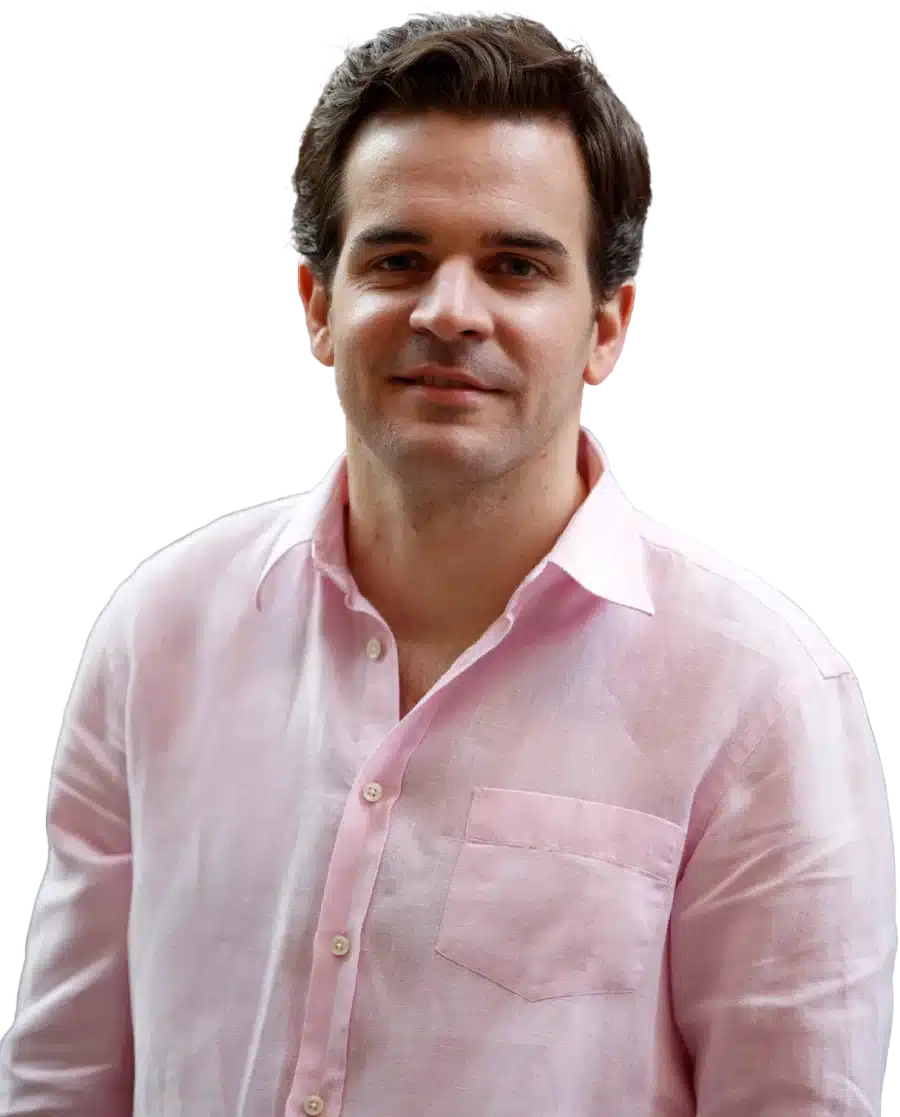
Raise Capital Smarter, Not Harder
- AI Investor Matching: Get instantly connected with the right investors
- Pitch & Financial Model Tools: Sharpen your story with battle-tested frameworks
- Proven Results: Founders are closing 3× faster using StartupFundraising.com
The Dinner That Changed Everything
The idea for Future Family wasn’t born in a boardroom, it was sparked over dinner. Claire was pregnant with her daughter Natalie after years of infertility struggles and undergoing IVF. At the time, fertility was still a taboo topic, and the lack of financial innovation in the space stunned her.
“I said to my husband, ‘Someone should do something about this,’” Claire recalls. “By the end of dinner, I realized—I’m that someone.” The conversation set her on the early seed stage journey.
What followed was a classic Silicon Valley origin story: a small team comprising friends, family, and other members working from Claire’s home, whiteboarding and iterating to bring the first version of Future Family to life. She leveraged her lengthy background in consumer finance.
Although Claire had worked in the renewable energy sector, the asset class was similar and was ultimately about proving performance. She understood that people only want to invest in assets because they perform well.
The thesis behind Future Family was simple–to finance American families as a fourth-largest asset category..
Building a New Asset Class: Fertility Financing
Today, Future Family is a consumer finance platform designed to make fertility services more accessible. Fertility is now the fourth-largest life expense in America, behind home, auto, and education, and Claire saw an opportunity to transform it into a legitimate financial category.
The company facilitates seamless multi-vendor payments across clinics, pharmacies, and labs—something unique in healthcare financing. “Just like you get a mortgage for a home or a loan for a car, our vision is that people will get financing to start a family,” Claire explains.
One of the pivotal moments and recognition of one of Claire’s deepest partnerships in building this business was meeting with the team at Adalia Capital. She also connected with her longtime partner, James Intermont.
Claire and James set up a hundred-million-dollar facility as a series A seed stage company, and right before they raised the series A round, Claire realized that people understood this asset.
Raising Capital: $500M+ in Debt and Equity
Future Family’s business required a hybrid financing strategy–debt to fund family-building loans, and equity to scale operations and tech. The total capital is well over $500M. Of this amount, Future Family has deployed $200M and has been selling assets on the debt side.
As the Wall Street Journal announced, Claire raised over $80M in venture capital and $400M in structured debt facilities, including a pioneering $100M deal with Adalia Capital while still in early-stage development.
“The debt side is all about asset performance. The equity side is about market vision—and in the early days, there was real skepticism about fertility being a big enough TAM,” Claire notes. That skepticism has vanished: fertility is now mainstream, and she is at the center of that shift.
Claire points out that founders who want to do anything in finance should know they will constantly raise capital, debt, or equity. Future Family raises capital to finance families, and in structured finance, the focus is purely on the asset itself.
Investors care about the company’s performance, balance sheet, and financials. But they understand that they are going to finance consumer loans, which are, on average, around $25K. Private equity is recognizing that this asset class is mainstream, servicing one in five Americans.
Claire explains that the Total Addressable Market (TAM) in this space is better understood now, which has helped with equity fundraising. Future Family has been operating for around eight years now and has gone through a few market cycles.
Claire stresses the importance of timing. If the market is on the uptick and the business has momentum, raising capital is easy. In the last 18 months, however, 70% less capital has been raised, which has impacted later-stage companies and entrepreneurs.
Limited partners (LPs) were on the sidelines, and fund managers were concerned about pricing, multiples, and returns. This made the fundraising environment much more difficult. Claire has also gone through a tough cycle with Future Family.
Fundraising in Crisis: 100 Zoom Calls and No Revenue
The pandemic posed a massive challenge. Fertility clinics shut down, leaving Future Family with no new revenue for months. Claire made over 100 Zoom calls to raise $10M just to survive in 2020-2021.
“Investors don’t like to fund a business ahead of its recovery. They want to invest once the business is back,” she says. “That was the hardest chapter.”
But Claire learned to view fundraising like dating: “If you don’t have the right mindset, it feels like constant rejection. But it’s healthier and more productive if you see it as finding the right fit.” It’s crucial to find investors who align with the opportunity, business model, and execution approach.
Storytelling is everything that Claire Tomkins was able to master. The key is capturing the essence of what you are doing in 15 to 20 slides. For a winning deck, take a look at the pitch deck template created by Peter Thiel, Silicon Valley legend (see it here), where the most critical slides are highlighted.
Remember to unlock the pitch deck template that founders worldwide are using to raise millions below.
The Soft Stuff is the Hard Stuff
Claire’s technical training made her adept at models and metrics, but she admits the emotional labor of leadership was a steeper learning curve. A transformative interpersonal dynamics program led by Carol Robin at Stanford’s Leaders in Technology Group helped her shift focus.
“The biggest lesson? Conflict. I had to learn how to be okay with it, how to invite it in,” Claire says. “People on your team need to know it’s safe to disagree with the CEO.” She learned how to project that conflict means progress and how to repair relationships after a disagreement.
She realized that leading a company isn’t just about product and performance, it’s about unleashing the power of your team through honest, vulnerable communication and understanding team dynamics.
Claire says, “We might be very technically proficient, good at building Excel models, understand the business mechanics, but when you do a startup, the G forces are real.”
Insurance for IVF: “Baby or Your Money Back”
One of Claire’s proudest innovations is Future Family’s latest product: IVF insurance. In partnership with Munich Re Ventures, Claire’s team launched a first-of-its-kind nationwide policy in February 2024—on her daughter’s 10th birthday.
Claire reveals how they formed a partnership way back in 2022. It included Jacqueline Lesage, the founder of Munich Re Ventures, Osh Kaplan, a Future Family board member, Ian Sanders, head of portfolio development, Veronica, and Ben.
The team spent around 18 to 24 months building the product. It had the best global actuarial firm, bringing Reinsurance from the BMS Group. They built a completely de novo financial product from the ground up, which is now nationwide IVF insurance for fertility.
It’s called “Baby or Your Money Back.” If the IVF treatment fails, customers file a claim and receive a refund. “This was my obsession for years,” she says. “It removes the financial fear that often stops couples from trying to start a family.”
Policies can cost $40K to $50K, a transformative offering in a space where most patients have no financial recourse. The insurance protects them from financial exposure, given that two rounds of IVF can cost around $40K to $50K. Munich Re Ventures recognized that this is an insurable risk.
The Vision: Fertility Financing as a Norm
Claire imagines a world where fertility financing is as common as a mortgage or a student loan. “You wake up, decide you’re ready to start a family, and you get a financing plan and an insurance policy,” she says. “It’s not stressful, it’s just part of life.”
“If I could go back, I’d say this: focus not just on the scale or the product, but on the people around you. Founder mode is powerful, but it can also bulldoze relationships. Learn to communicate, to repair, and to empower. That’s what sustains the journey.”
Listen to the full podcast episode to know more, including:
- Claire Tomkins transitioned from nonprofit impact work to founding Future Family, driven by a personal IVF journey and a vision to scale access to fertility care.
- Future Family created a new asset class by offering consumer financing for fertility treatments, now the fourth-largest life expense in the U.S.
- Claire raised over $500 million across debt and equity, including a pioneering $100M facility while still in the seed stage.
- The company launched a first-of-its-kind IVF insurance product—“Baby or Your Money Back”—to de-risk family planning for patients.
- Fundraising during the pandemic required over 100 Zoom pitches, highlighting the resilience needed to navigate startup survival.
- Claire emphasizes that effective leadership requires embracing conflict and fostering authentic team communication, not just scaling the product.
- Her long-term vision is to normalize fertility financing as a standard life investment, just like buying a home or car.
SUBSCRIBE ON:
Keep in mind that storytelling is everything in fundraising. In this regard, for a winning pitch deck to help you, take a look at the template created by Peter Thiel, the Silicon Valley legend (see it here), which I recently covered. Thiel was the first angel investor in Facebook with a $500K check that turned into more than $1 billion in cash.
*FREE DOWNLOAD*
The Ultimate Guide To Pitch Decks
Remember to unlock for free the pitch deck template that founders worldwide are using to raise millions below.
Podcast: Play in new window | Download
Subscribe: Apple Podcasts | Spotify | TuneIn | RSS | More

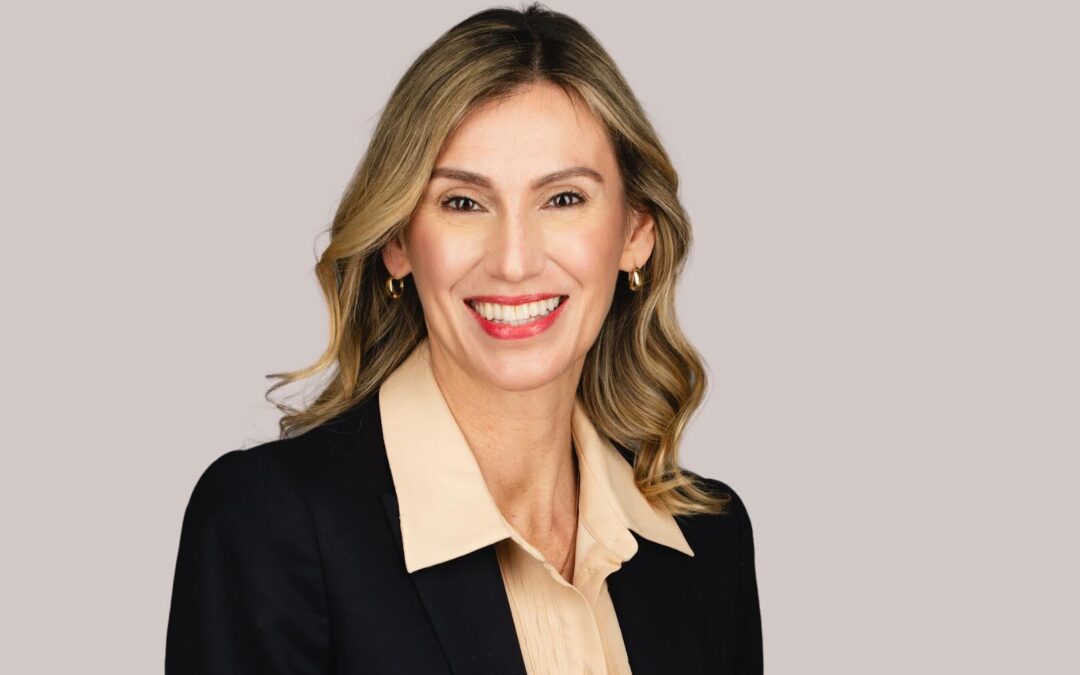
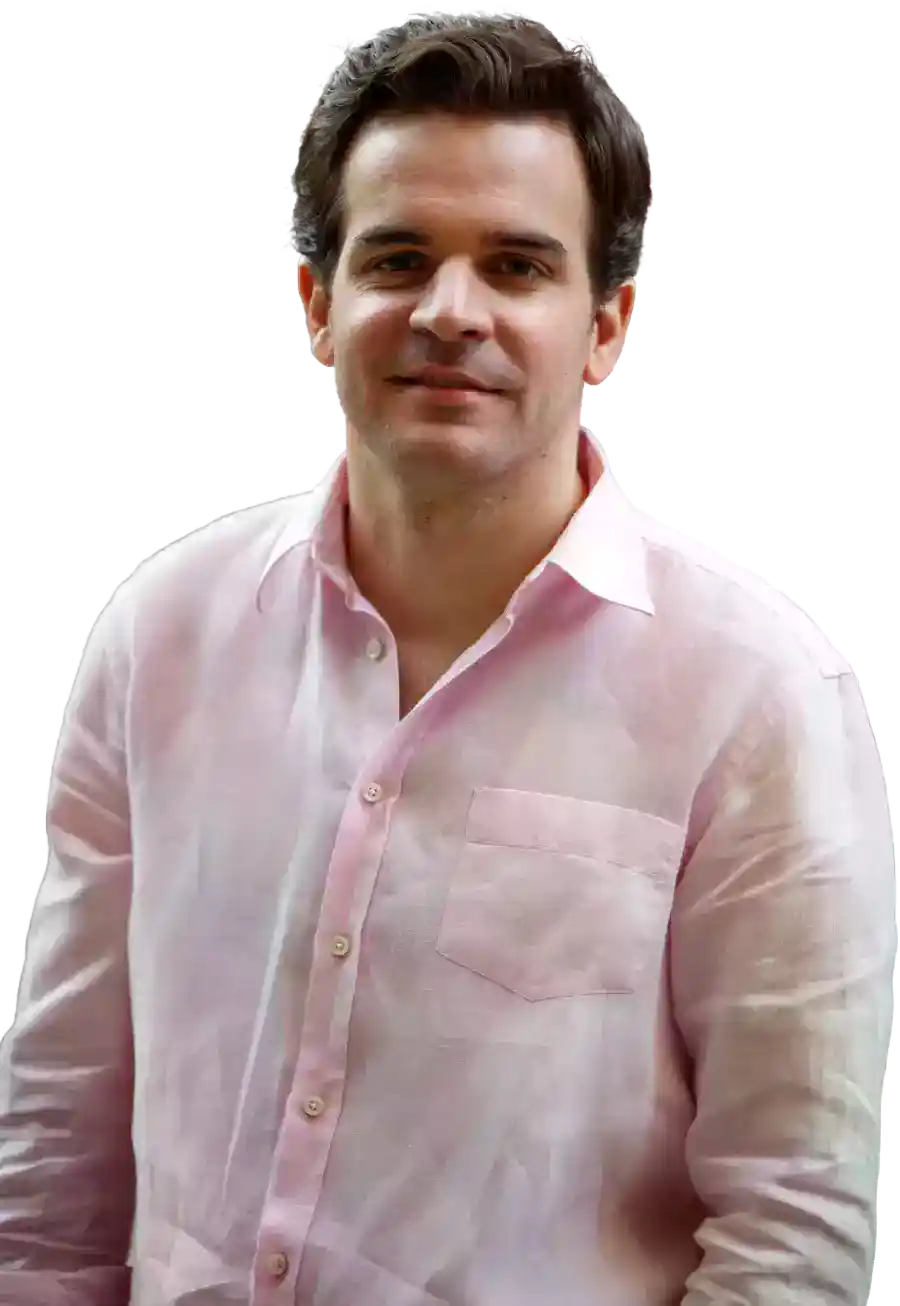

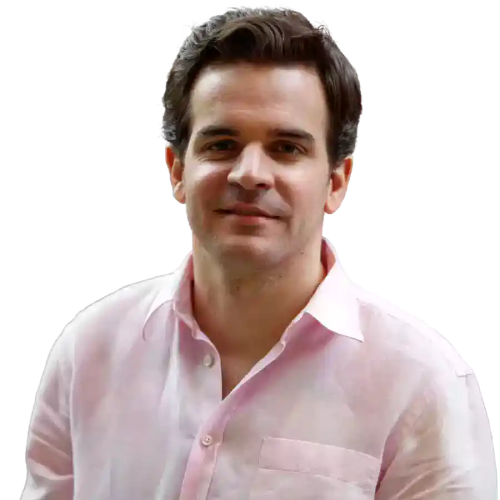
Facebook Comments